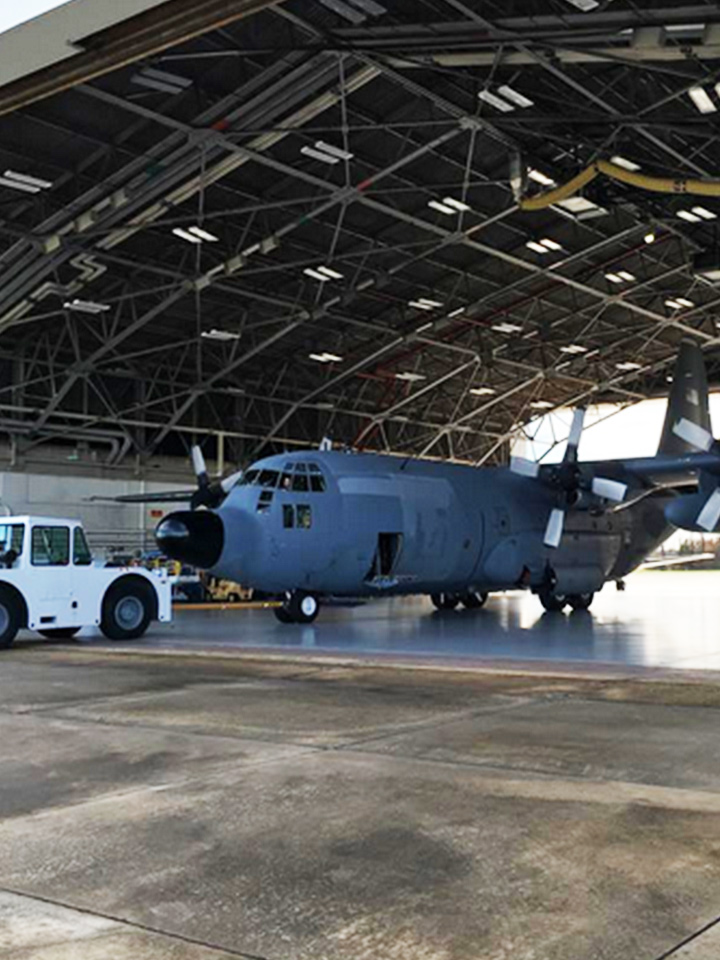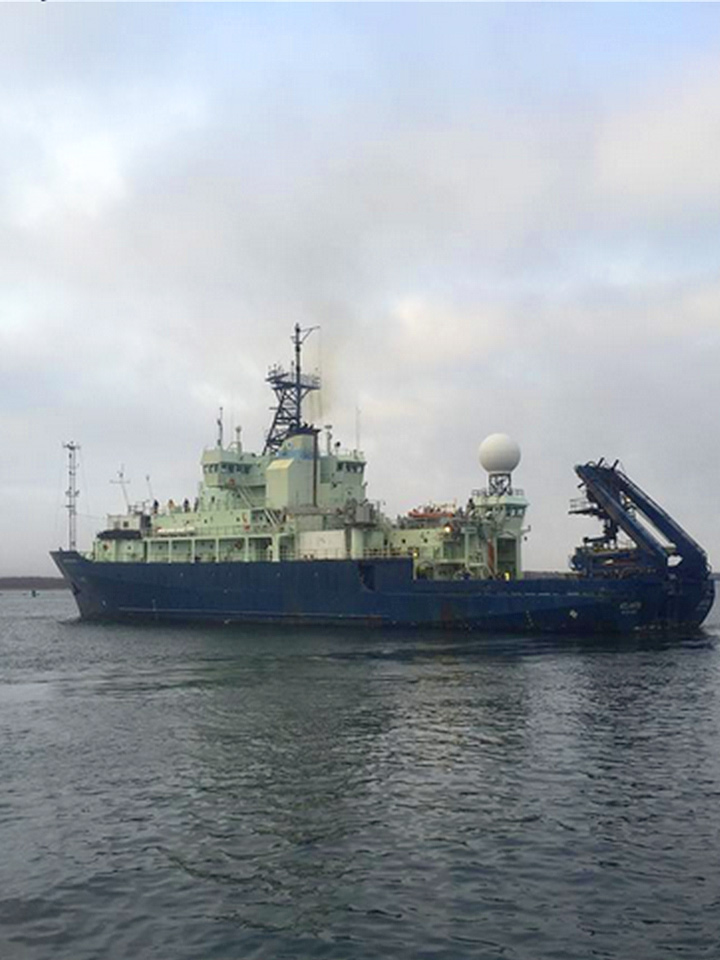US National Aeronautics and Space Administration
The North Atlantic Aerosols and Marine Ecosystems Study (NAAMES) is a five year investigation to resolve key processes controlling ocean system function, their influences on atmospheric aerosols and clouds and their implications for climate. Observations obtained during four, targeted ship and aircraft measurement campaigns, combined with the continuous satellite and in situ ocean sensor records, will enable improved predictive capabilities of Earth system processes and will inform ocean management and assessment of ecosystem change.
NAAMES provides sustained observations, targeted field process studies, and advanced ecosystem modeling necessary to reconcile these competing hypotheses and understand blooms as one element in a roughly repeating annual cycle.
- 1 - Characterize plankton ecosystem properties during primary phases of the annual cycle in the North Atlantic and their dependence on environmental forcings.
- 2 - Determine how primary phases of the North Atlantic annual plankton cycle interact to recreate each year the conditions for an annual bloom.
Ship-based measurements are conducted on a UNOLS global class research vessel departing from Woods Hold, MA. Each ship cruise involves a 26-day, roughly triangular-shaped ship transect with turning points at 40N, 40W and 57N, 40W. The south-to-north leg at 40W is the key NAAMES ship focus region, as it captures the gradient in plankton ecosystem variability. During this leg, daily operations include dawn and noon station occupations for water-column sampling, incubation sample collection, and over-board optical measurements.
Meanwhile, airborne remote sensing of plankton stocks and depth distributions from a NASA C-130 provides essential data on spatial variability to address scaling issues from local measurement to satellite pixel scales.







